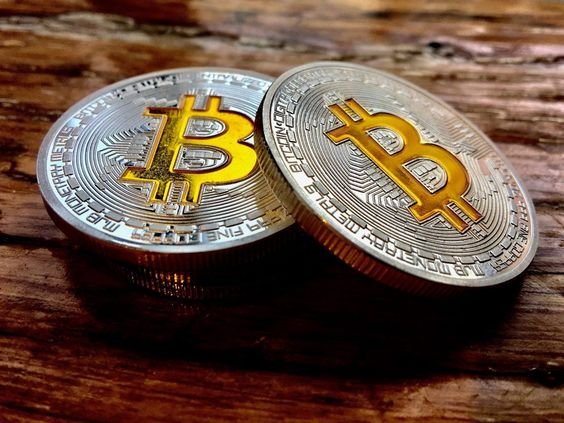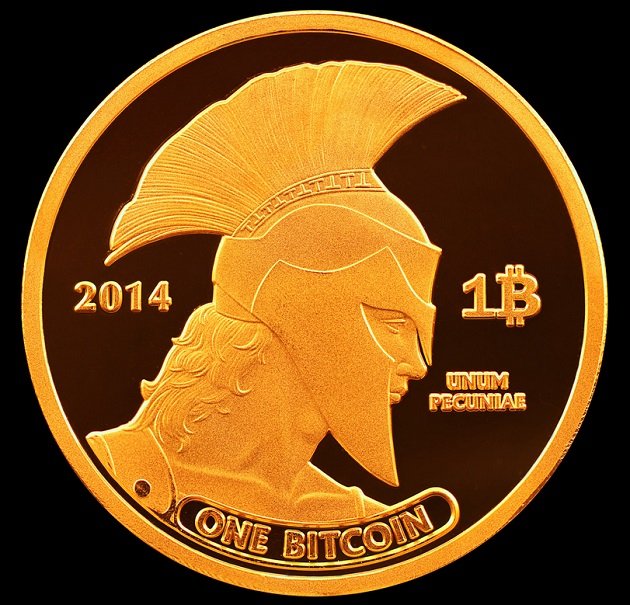THE TRUTH ABOUT CRYPTOCURRENCY.

THE GOOD, THE BAD, THE UGLY.
Cryptocurrencies are the natural evolution in fiat money.
And there are plenty of reasons to look forward to
their rise.
Great as they are, they won’t solve all of our problems. They’ll just
create new problems for us. And we’ll get smarter as a result.
In this series, we’ll look at the anatomy of cryptocurrencies. We’ll
begin with a transaction, then look at the good, the bad and the ugly sides
of cryptocurrencies. And why there’s a solution for every “bad.”
First, let’s take a look at what happens in a crypto transaction.

WHAT A CRYPTOCURRENCY TRANSACTION LOOKS LIKE
What does a cryptocurrency transaction look like?
• James wants to send money to Joe
• He puts together a “transaction” on his computer that describes
how much he wants to send.
• The transaction is added to a “block”
• The “block” is sent all over the network and the network “validates”
the transaction by looking at all the prior transactions that led to
James having enough validated currency.
• The currency is sent to Joe.
The transaction is now there in the block. And Joe is now in control
of his own “private key” that controls the funds.
Cryptography protects Joe’s funds from A) being duplicated and B)
being stolen from him. As long as Joe takes reasonable security measures
(I’ll show you how in Series 05), his crypto will be safe.
Each new block created on this chain of blocks (hence, “blockchain”)
adds yet another layer of difficulty, making it harder and harder to reverse
each “one-way” cryptographic problem. Thus it becomes exponentially
more difficult to change the validation of James’ transaction, the more
blocks are added.
According to Famed cryptographer Nick Szabo, the process can be compared
to a fly trapped in amber. The more time elapses, the more the amber thicken
and the harder and harder it gets to set the fly free from the amber.
So a block can be likened to another thin layer of digital amber and the
blockchain is the general depth of the digital amber. Something like that.

SOME PROS AND CONS OF CRYPTO
Starting with the good first:
The good:
A) A standardized and neutral confirmation policy backed by software
that has no human agendas.
What does this mean?
Suppose I want to send Joe dollars to buy his car. I need to trust all
of the intermediaries between Joe and me: local bank, Joe's bank, central bank, lawyers,
governments, etc., to approve of this transaction if I do the transaction in dollars.
This is OK, but at each step, someone could be untrustworthy. They
are all humans, even the government (humans subtly influence the price
of the dollar and also distributes details of the transaction to other unfriendly
parties (the IRS)). Also, each step described above has a transaction cost.
So inflation is built into the system.
If this were a bitcoin transaction, enough miners need to approve that
this transaction is valid. So even if a few miners are untrustworthy,
majority of them will be, and we can trust that the transaction between Joe
and I is legit.

This is the MAIN reason for cryptocurrency: to stop governmental control,
borders, middlemen and additional transaction costs. As well as have high
security and avoid forgery.
There is another reason for cryptocurrency, which is to do more complicated
transactions that we can call “contracts” also known as “smart
contracts” without lawyers, etc. This reason is sometimes the basis for
legit ICOs. We’ll get into that later.
This was also originally the entire reason for the origin of money
as opposed to a barter system which requires an exponential number
of negotiations to determine the correct exchange rates between each
object.
Crypto is just the next step after that.
For bitcoin, the cost might be zero (depending on your exchange), and
miners get paid by getting more bitcoin depending on the computation
power used to verify these transactions.
One more good: Blockchains are incredibly resilient. A blockchain can
survive unaffected as long as just one stays alive. So if there’s a catastrophic
failure throughout the nodes, it takes just one lone survivor to
keep the network running without any loss of data.
With bitcoin, nodes are running all over the world. The power is distributed.
There’s no single vector of attack. To kill it, you have to eradicate
it completely, globally, totally, without fail, all at once.
This is very hard to do. It’s why bitcoin is incredibly strong — the
most secure network on Earth.
The bad:
Miners approve transactions one block at a time. A block is a set of
transactions. A “blockchain” is a chain of these timestamped blocks. If
a transaction doesn’t make it into one block, it waits a certain period of
time to get into the next block. So there’s lag.
Blockchains are slow.

Blockchains are slow because blockchains are extremely inefficient
— especially compared to Visa, MasterCard or PayPal. There’s a reason.
Decentralization and censorship-resistance. That’s what sets Bitcoin apart
from traditional payment systems and inefficiency is the trade-off.
Blockchains are inefficient.
Another “bad” is that everyone can see the transaction (on bitcoin)
although nobody knows it was Joe and me involved in the transaction.
Blockchains aren’t inherently anonymous.
Another “bad” is that for certain types of transactions (buying a cup
of coffee), the blockchain allows for a layer of software above it to quickly
verify before the blockchain protocol validates the transaction... or software
to provide other services on the blockchain (e.g. a bitcoin exchange
that stores wallets for people).
That software layer involves humans (humans are bad), which invites
good players and bad players to be involved (hence, the Mt. Gox $400
million theft).Blockchains are very hard to scale.
In exchange for security, trust, fewer middlemen and avoidance of governments
and boundaries, society pays in computational costs, storage (the
same blockchain stored on millions of computers is a waste) and slower
transaction speeds. And the software layer above the blockchain needs to
evolve, which it is (the same way internet software evolved post 1991).
FOR EVERYTHING BAD, THERE ARE SOLUTIONS
For all of these problems (“the bad” described above) there are solutions.
This is the ENTIRE reason multiple currencies exist and why there is a
huge need to keep things simple and not get caught up in the hype.
Coins can be divided into two types:
A) They keep the same rough philosophy of bitcoin (security, limit on
minting of new coins, elimination of middlemen and boundaries,
validations of trades, impossible to forge).
and
B) NOT the above (scams that pretend to be “A,” but there are backdoors
available to bad players).
As you’ll see in the next chapter, most cryptocurrencies on the market
are B) — they are scams. But that doesn’t mean you shouldn’t pay
attention to the “altcoins.” The cryptocurrency space needs more than
just bitcoin.
I’ll tell you why in Crypto Series 05.



There are also a lot of other uses for cryptocurrency other than simply the transfer of money from one individual to another. Check out FarmaTrust or Cool Cousin
Cryptocurrency has come to stay, the problem it will create is lesser than the one its absent will create.
The block chain technology can revolutionize any industry with its technological aspects.